Adding Porthole Pockets to a tunic or dress

Here are some details about how I made the circular pockets for my Skipper Tunic from Papercut Patterns. They were inspired by pockets on a RTW coat belonging to my sister and are deceptively easy to do! However, depending on what you are making, I strongly recommend reading through this post first and doing a test run before you attempt to make the pockets on a garment.
Make your pockets on your flat fabric pieces before assembling your garment.
Use a cloth between layers when pressing to avoid marking your fabric.
In addition to your normal sewing kit, you will need:
- Garment front pattern piece and garment front cut from fabric
- Fabric for pocket facing (I used my main fabric)
- Pocket lining fabric (this is the one that will show, I used a contrast)
- Interfacing suitable for your fabric
- Graph/pattern paper
- Ruler and pencil
- Compass with chalk pencil
1 Decide where you want your pocket/s and how big they need to be. This will depend on the garment style and length of your arms! I placed mine approx 44cm down from the shoulder seam and the distance between them is about 24cm. The opening of mine measures 10cm diameter and this is big enough for my average size hands.
2 Using a compass, draw the pocket opening on your front pattern piece and mark the top, bottom and two side points of the circle (I’ll call these the quarter points) making sure the top and bottom points are parallel with the grainline. Join them across to find the centre point of the circle.
3 Punch your pattern at these points and transfer these markings to both right and wrong sides of your front garment piece (red crosses on the image show markings on the front).

4 Now draft your pocket facing/lining piece on the pattern paper. You use the same pattern for both facing and lining.
This is where you may need to do a bit of measuring and jiggery pokery to get your pocket the right size and shape for your garment, so you may have to refine this a few times, making sure your pocket pattern fits nicely onto the main garment front pattern.
Start by drawing the circular opening on your graph paper and marking the four quarter points and centre point, as on your garment.
Then add the desired depth and width of your pocket, making sure you have enough depth so that things won’t fall out. You don’t want much fabric at the top of your pocket or your lining will sag down when you put things in it.
You can see how mine fits into the front garment piece without hitting the seams (though you may want to design yours so it catches in the seams, it’s your choice). I cut out the circle shape to make it easier to transfer markings and line everything up.
These are the measurements I used for mine, it is on 1cm square paper. I then added 1cm seam allowance all the way round the edge.

5 Using your paper pocket pattern, cut out your pocket facing from the fabric of your choice. I used the same fabric as my garment. DO NOT CUT OUT THE CIRCLE SHAPE!!! Mark the four quarter points onto the wrong side of your pocket facing (this is where that handy hole comes in). Join the points across to find the centre point

6 . Remove the pattern and using your compass and a chalk pencil, draw a circle that joins the dots together. In this case it was 5cm radius to make a 10cm circle. This will be your stitching line so make it as smooth and clear as possible.

7 Now take your garment front piece. Cut a circle of interfacing about 2cm larger all round than your pocket opening, so mine was 14cm diameter. Matching the centre of the interfacing with the centre point of your pocket markings on your garment piece, apply to the back of your garment. It should be evenly spaced over those quarter markings. Be careful not to rub off the markings on the front of your garment.

8 Turn your garment front piece face up, the interfacing will now be on the back. With right sides together, matching the centre and quarter points, pin and tack your pocket facing to the front of your garment. Make sure it nice and flat with no kinks or ripples in the fabric.

9 Using a smallish stitch on your machine, sew the pocket facing to the garment front around the circular line. This will form the shape of your pocket opening so go nice and slowly. Sew a about 5 stitches at a time, then turn your fabric slightly with the needle in the fabric. Sew a few more and continue until your circle is complete. Make sure you have a nice clean smooth circle.
The inner line will always be your final shape so go by that. Remove the tacking and press your stitches to meld them.

11 Now for the fun bit! Using some sharp scissors, make a hole through all layers of fabric and interfacing and cut around the inside of the circle. leaving about 1cm seam allowance; I drew another circle as a cutting guide and because I like using a compass!
12 Grade seams then then very carefully notch all around the inside edge of the circle, cutting as close as you can to the stitching line but don’t cut your stitches!

13 Gently pull the facing through the hole to the wrong side of your garment, easing out the circle opening as you go. You should have a nice smooth circle but if not, you may have to go back and notch/clip some more.
14 Use an iron and a pressing cloth to press the your facing through to the wrong side of your garment and create a nice circular opening.

15 Next, slowly top stitch around the opening from the front. This isn’t essential but will help to keep everything stable and gives a nice finish. Don’t top stitch too far out or you will have trouble attaching your lining. (If you want to make a wide stitched gap a feature you will need to add more depth to the pocket top when drafting your pattern). I used my presser foot as a guide.1

Thin fabric – french seam finish
18 Turn your facing back to the right side of the garment. If you have top stitched your opening it will be a bit more difficult to do this, especially at the top edge, but just ease through what you can.

19 WRONG sides together and right side of lining facing you, pin pocket lining to pocket facing, tack and sew all round the edge of the pocket pieces with a 5mm seam. Press seams to meld using a cloth and then trim to 3mm.

20 Turn the pocket back through to the wrong side of the garment and push out corners gently. Press again using a cloth. Then sew a 5mm seam all around the edge of the pocket bag, enclosing the raw edges inside. This will give a lovely neat and strong french seamed pocket.

21 Finished pocket.

Thick fabric:
22 Don’t push your lining back through to the right side of the garment, keep it where is was in step 14.
23 With garment right side down and pocket facing towards you, pin pocket facing and pocket lining right sides together. Tack and stitch around the outside edges.

24 Finish edges with an overlock or zig zag stitch. Be careful not to catch the front of your garment, you might want to switch off your blade if overlocking! You could also finish with fine bias binding for a neater finish.

There, all finished!
There are lots of variables when dealing with fabrics and patterns, so this is not intended to be a definitive tutorial, just a guide as to how I approached this pocket. As with all things, the more you do and experiment, the more you learn! If anything is not clear, please let me know and I’ll do my best to explain. Good luck!
Grace


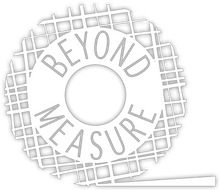
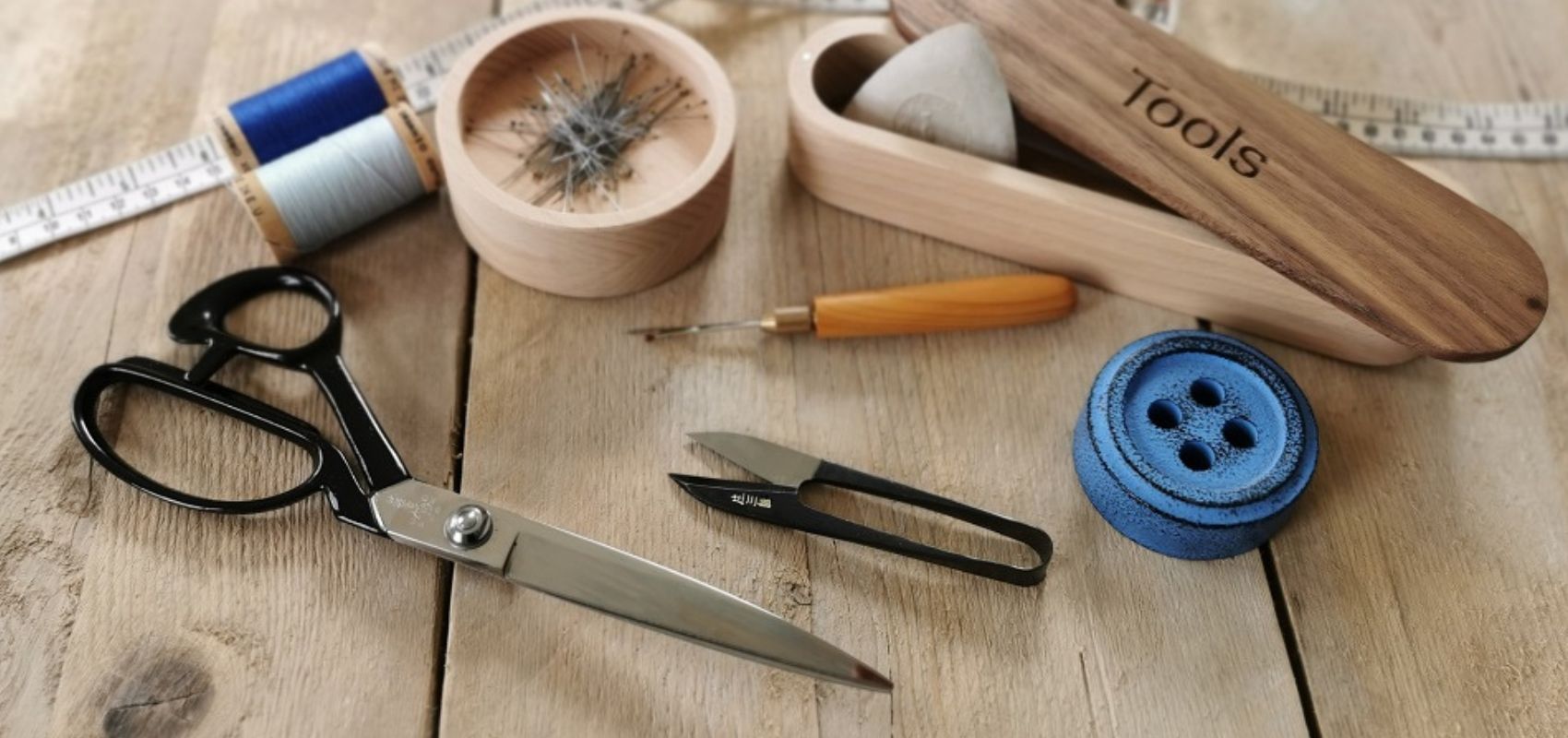
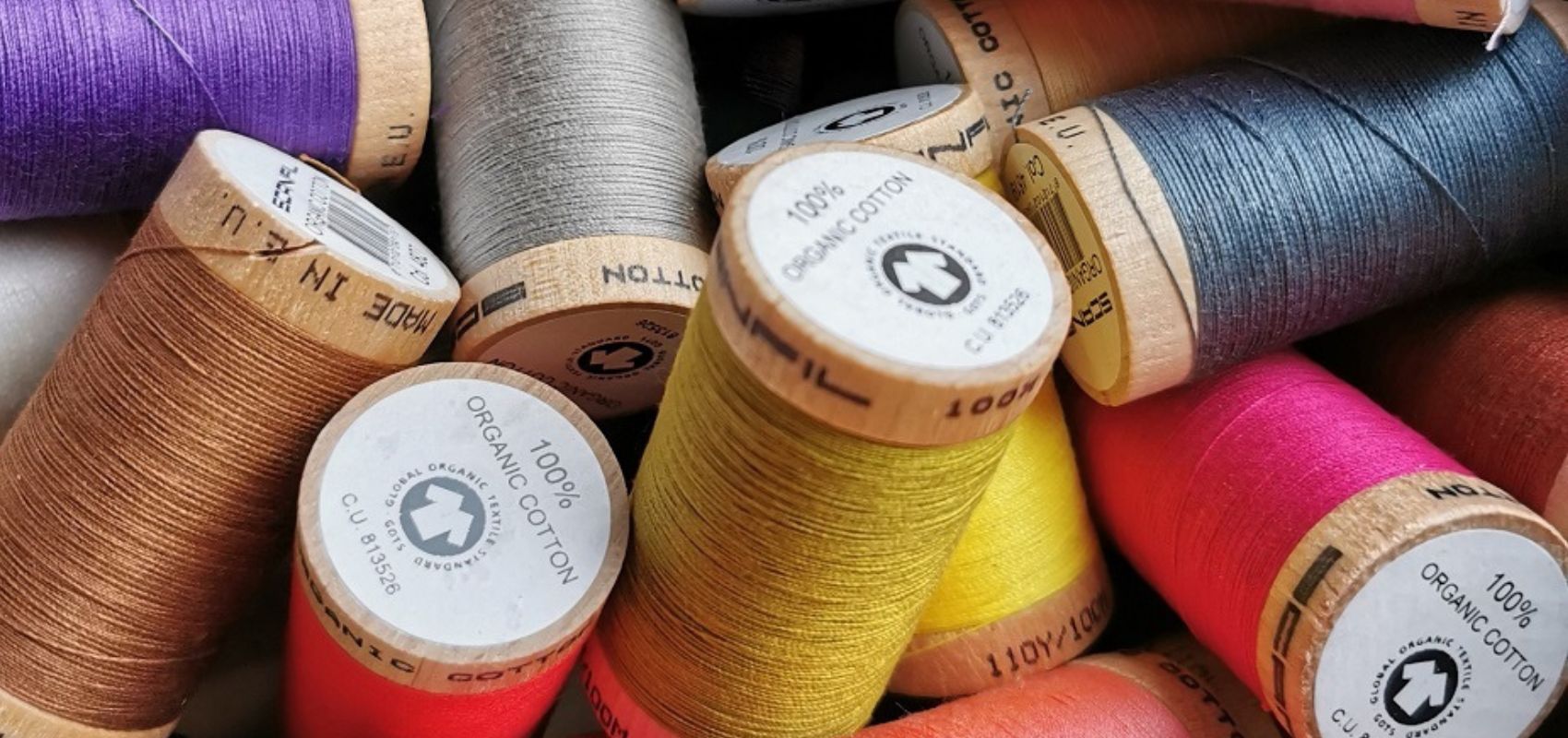
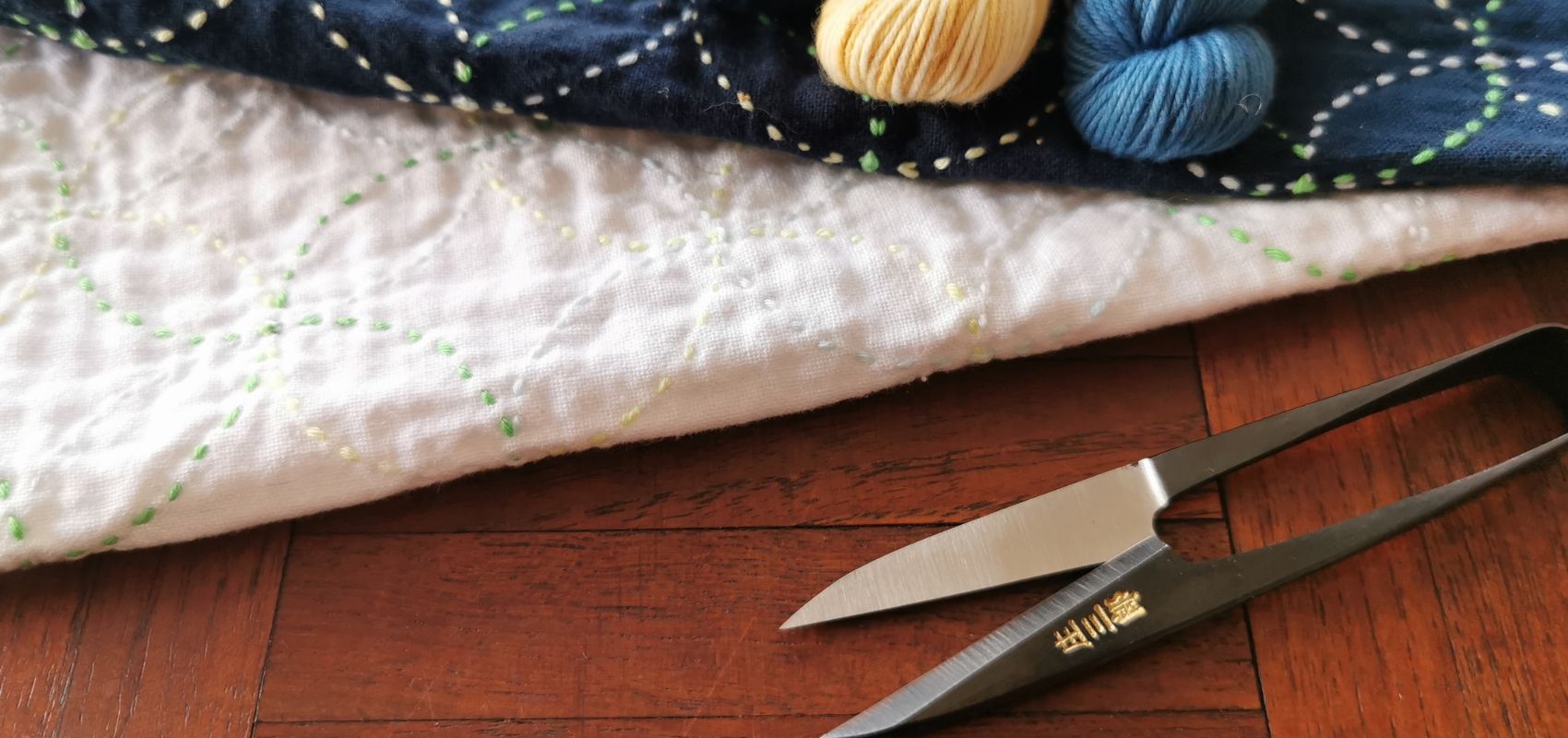
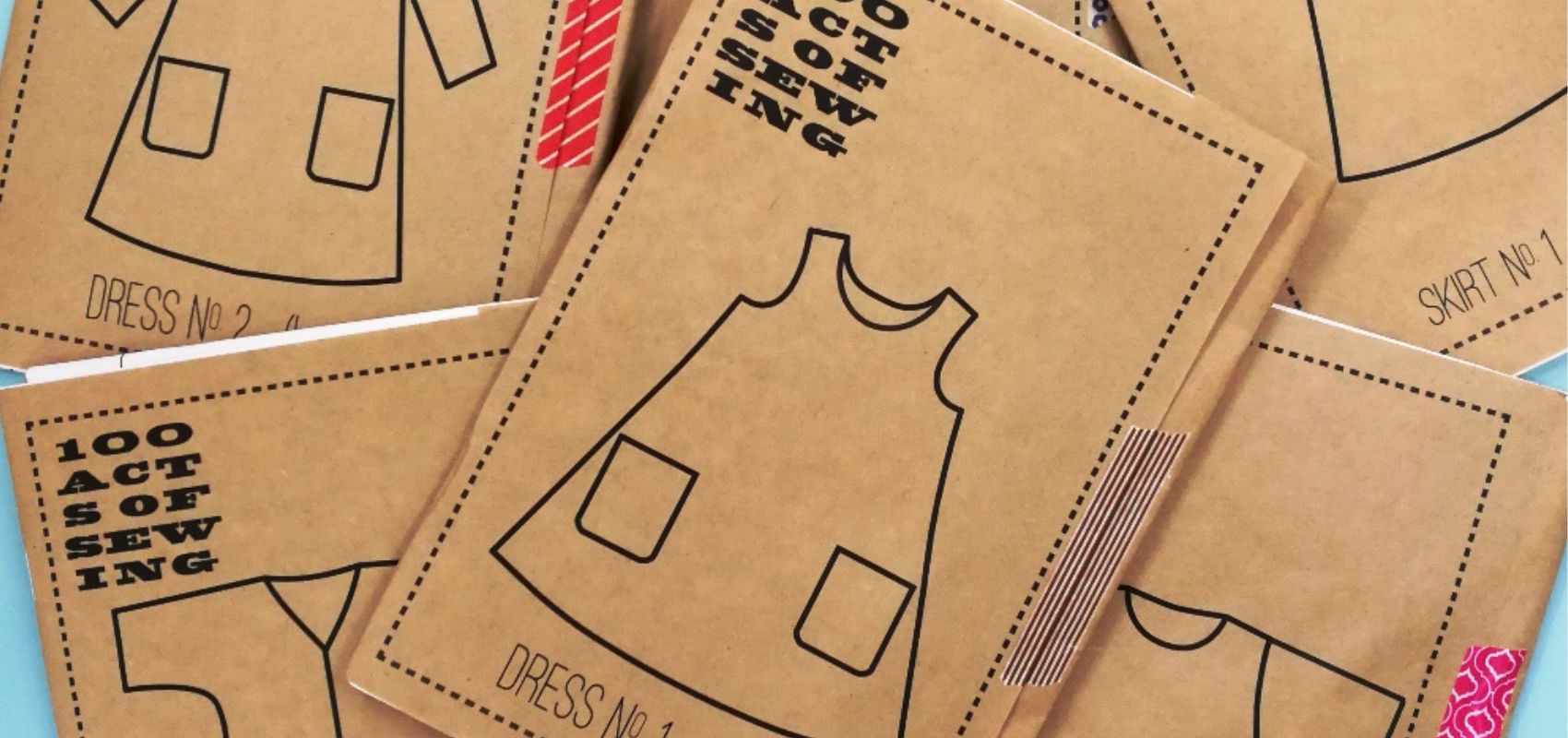
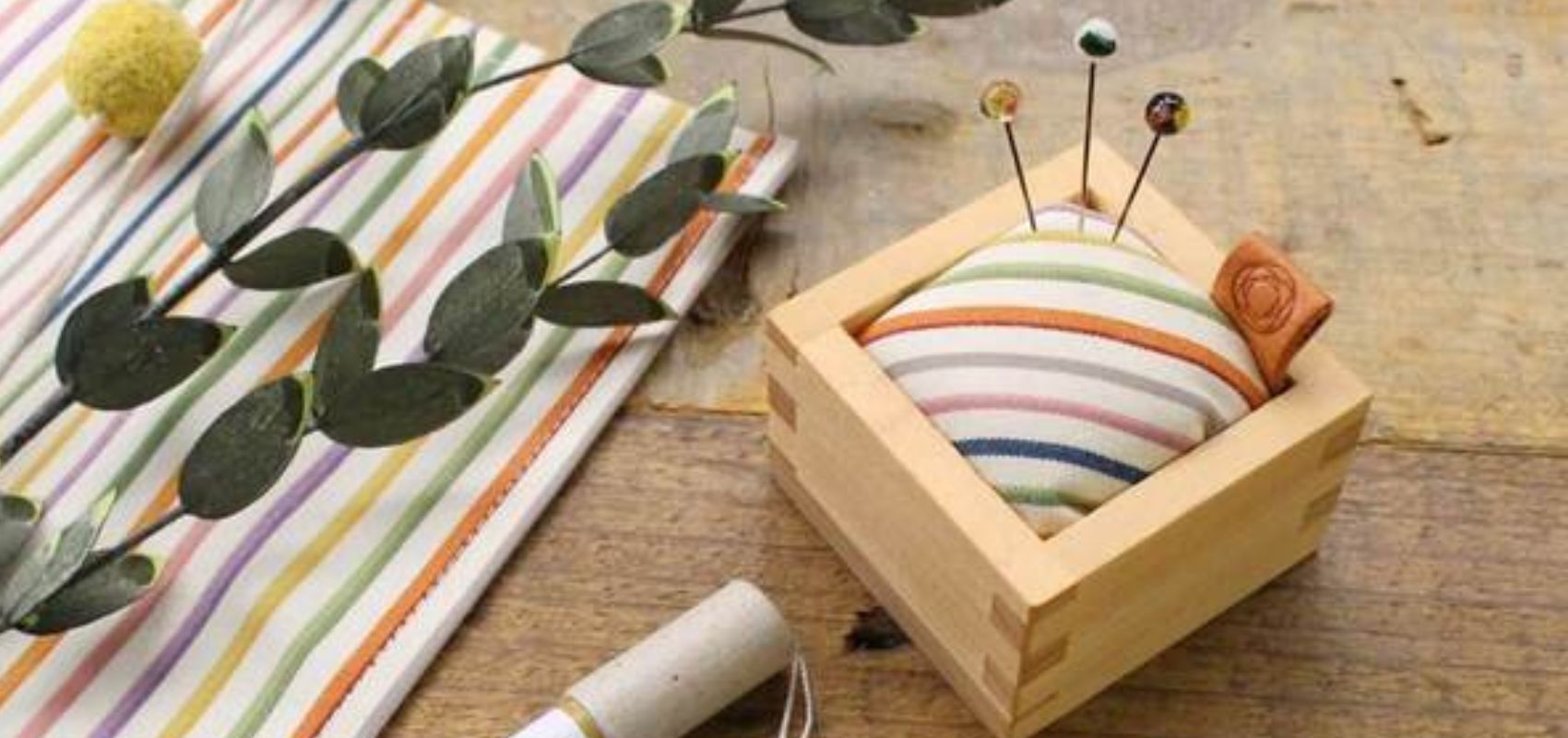
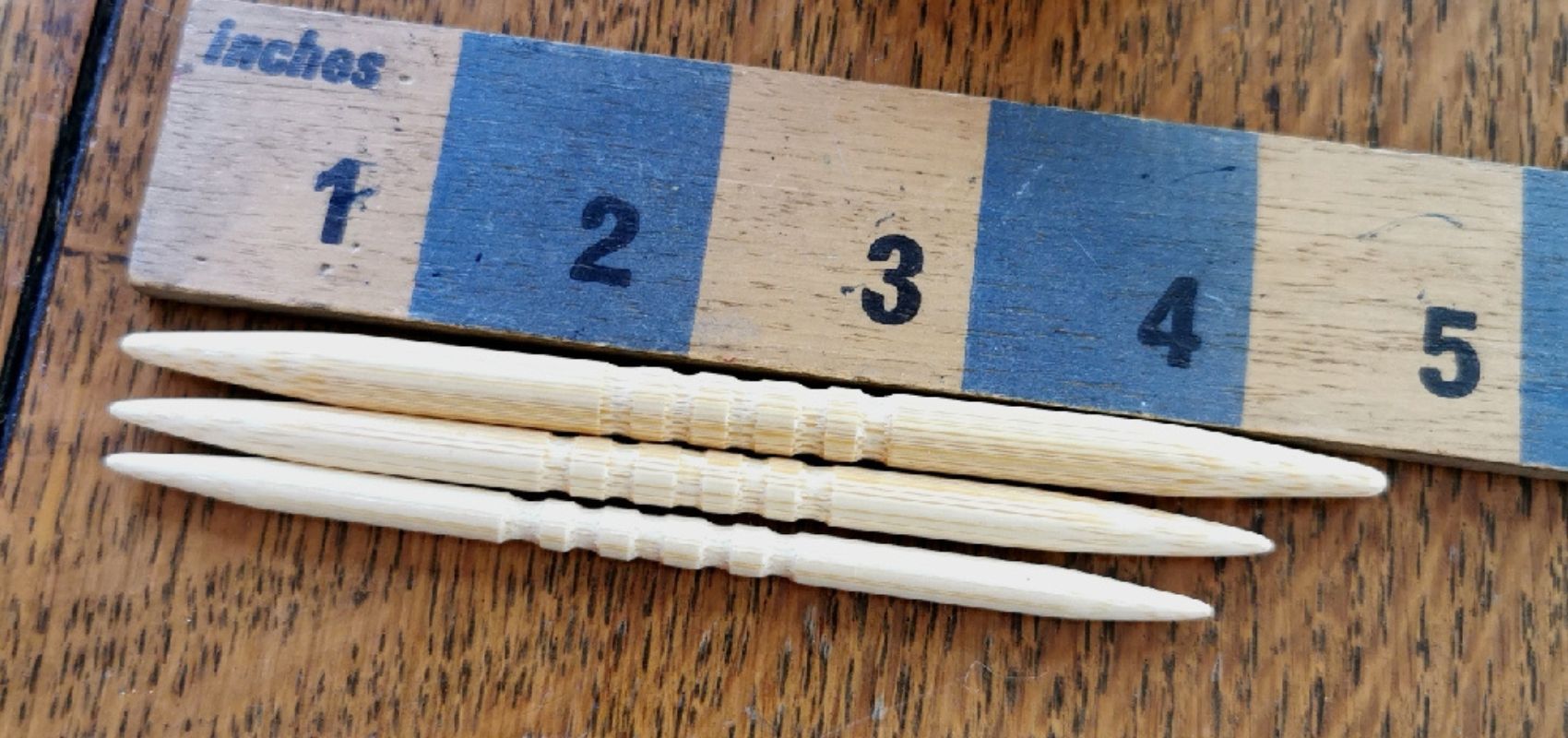
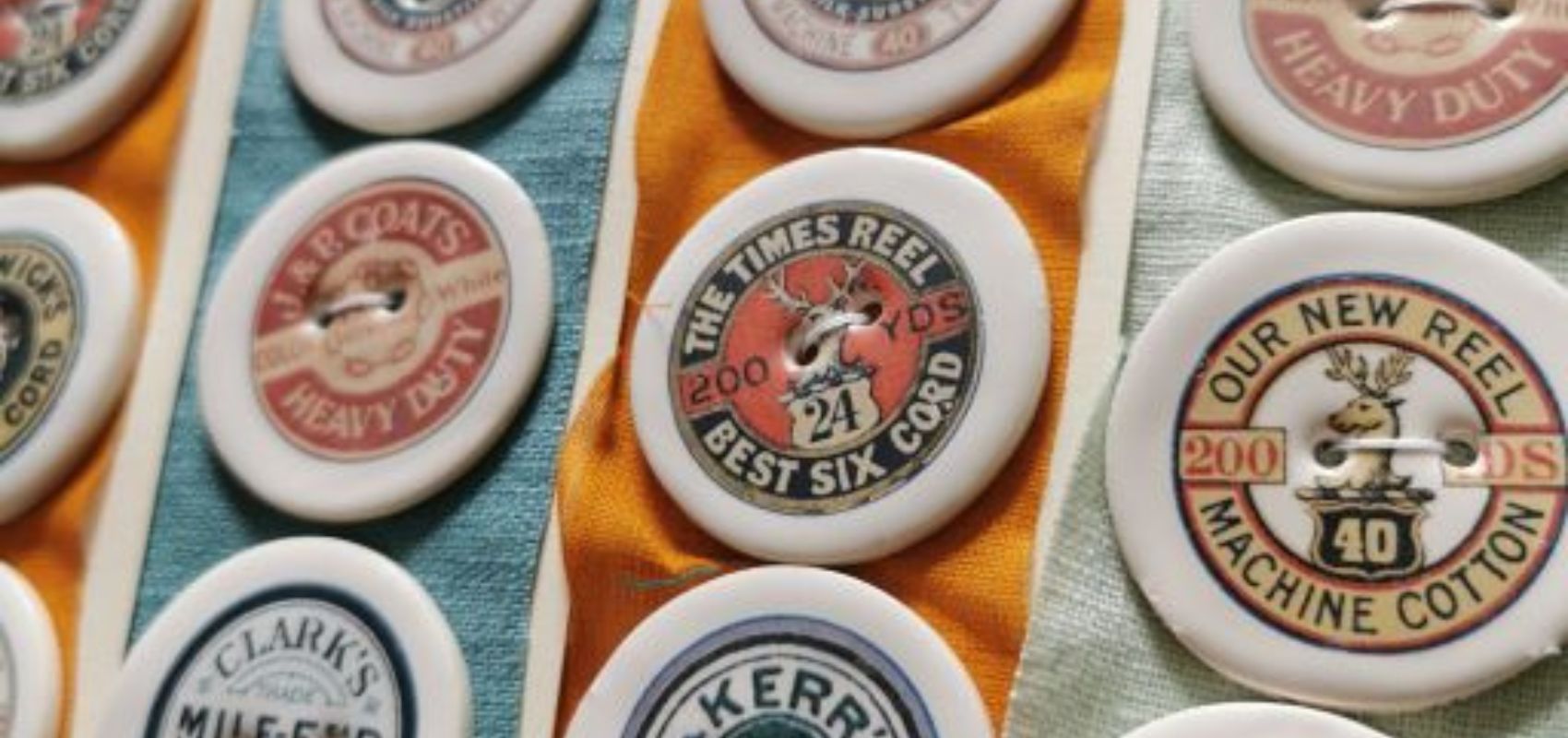
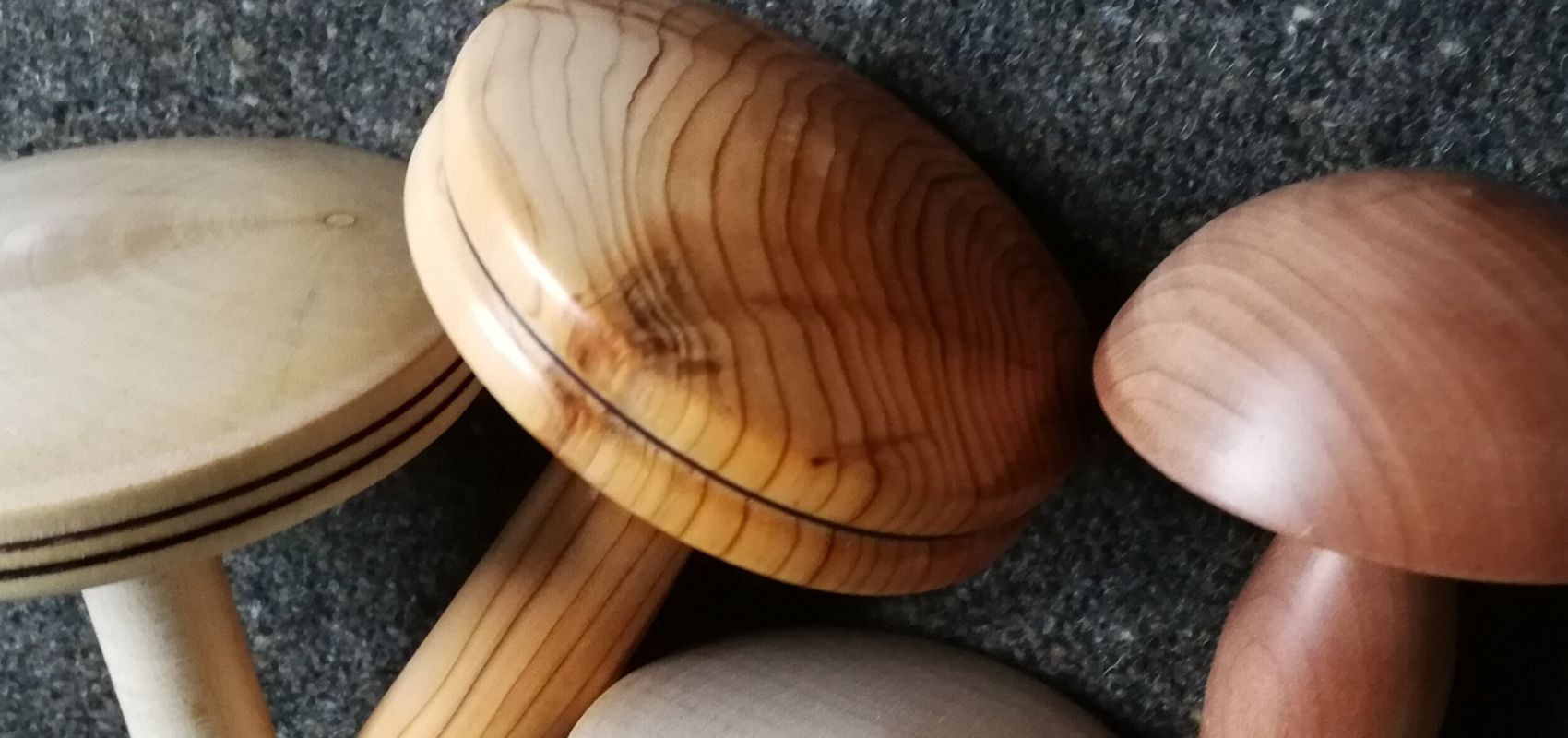

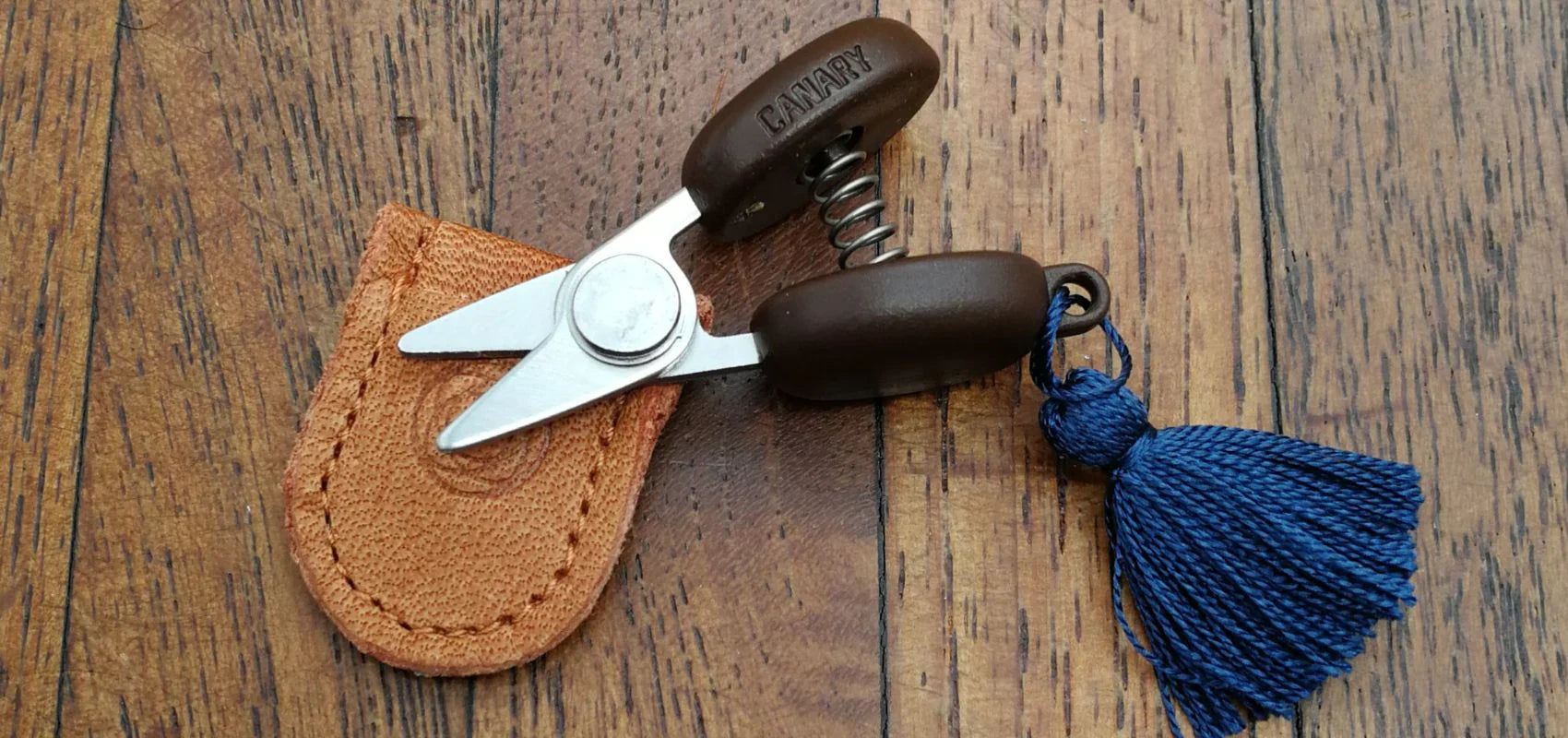
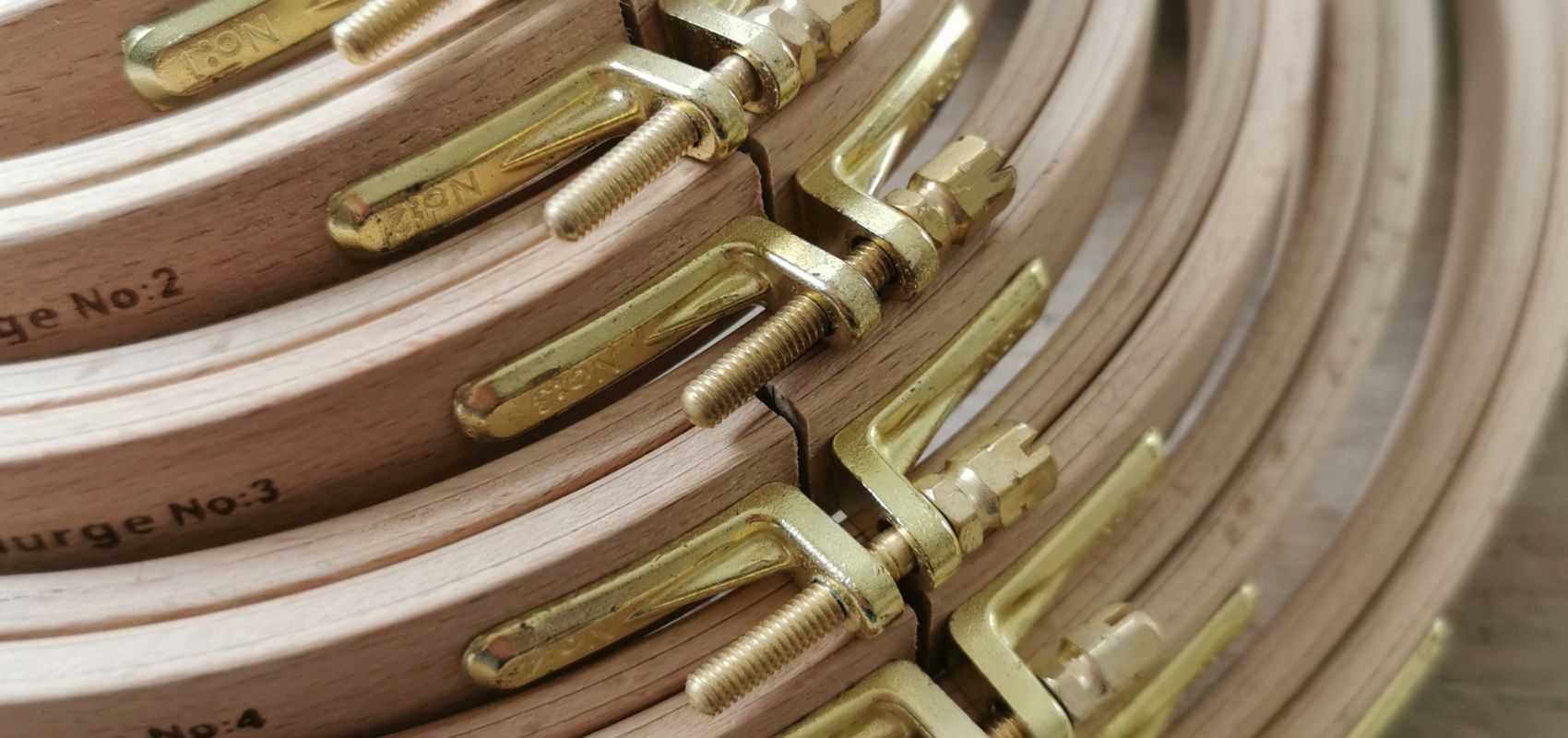
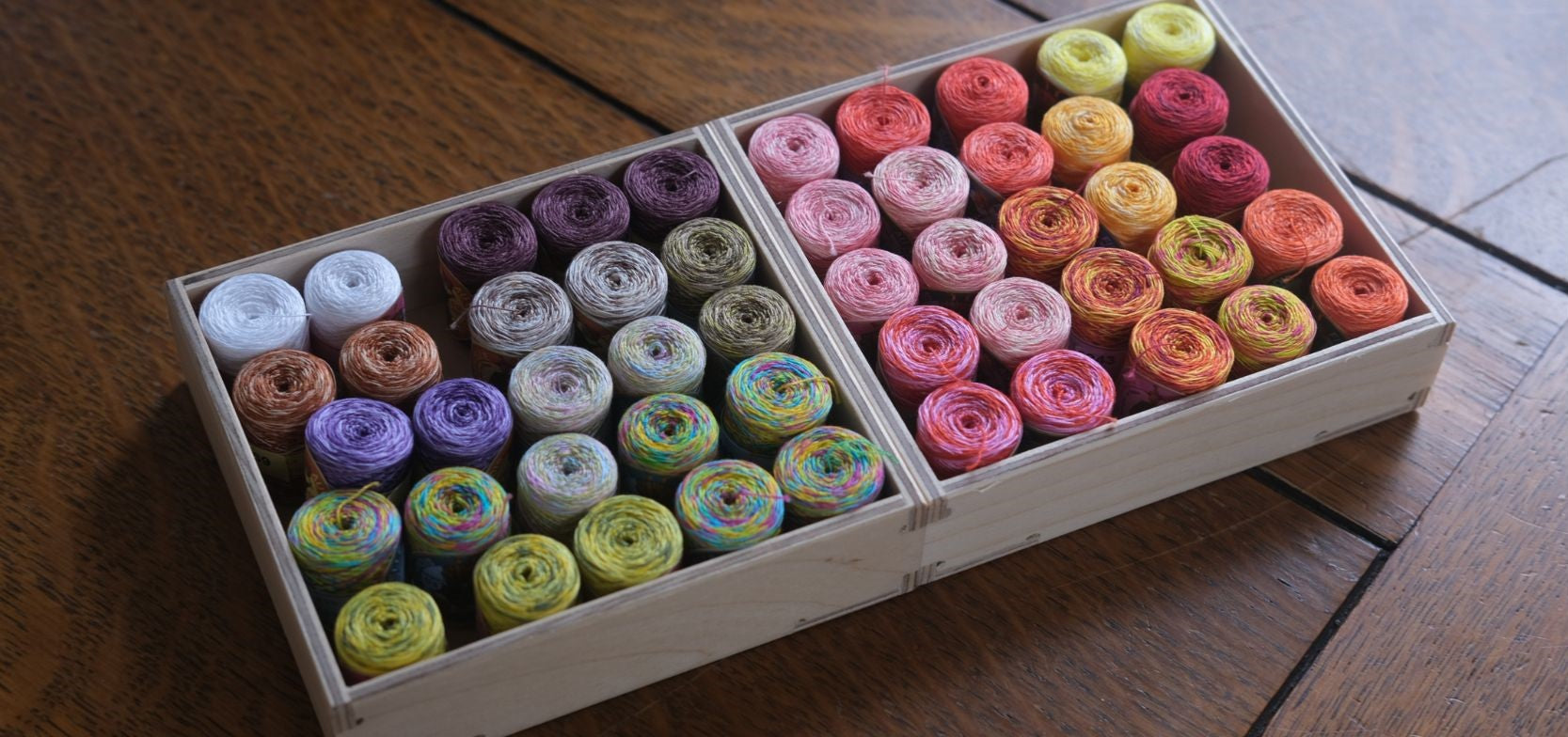
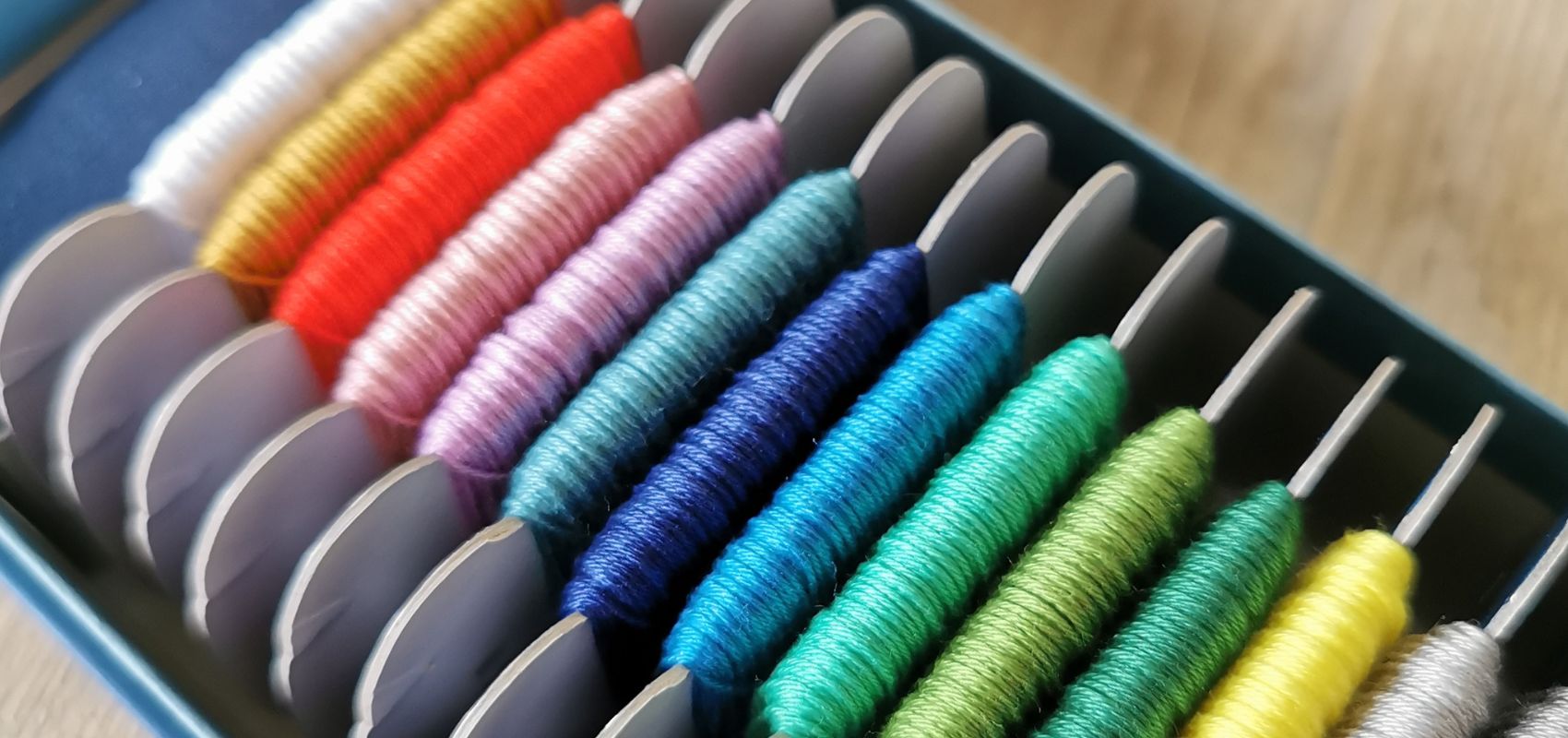
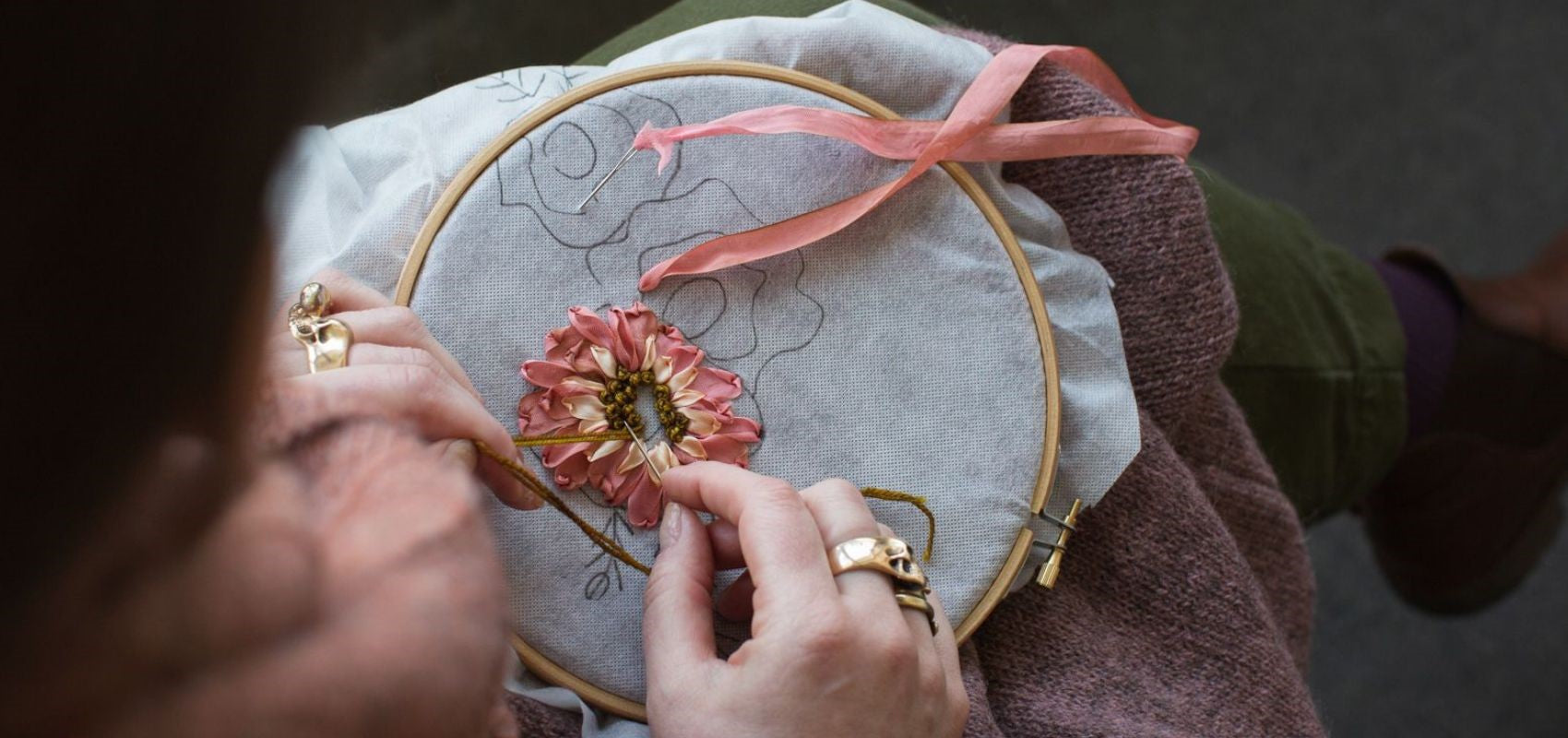
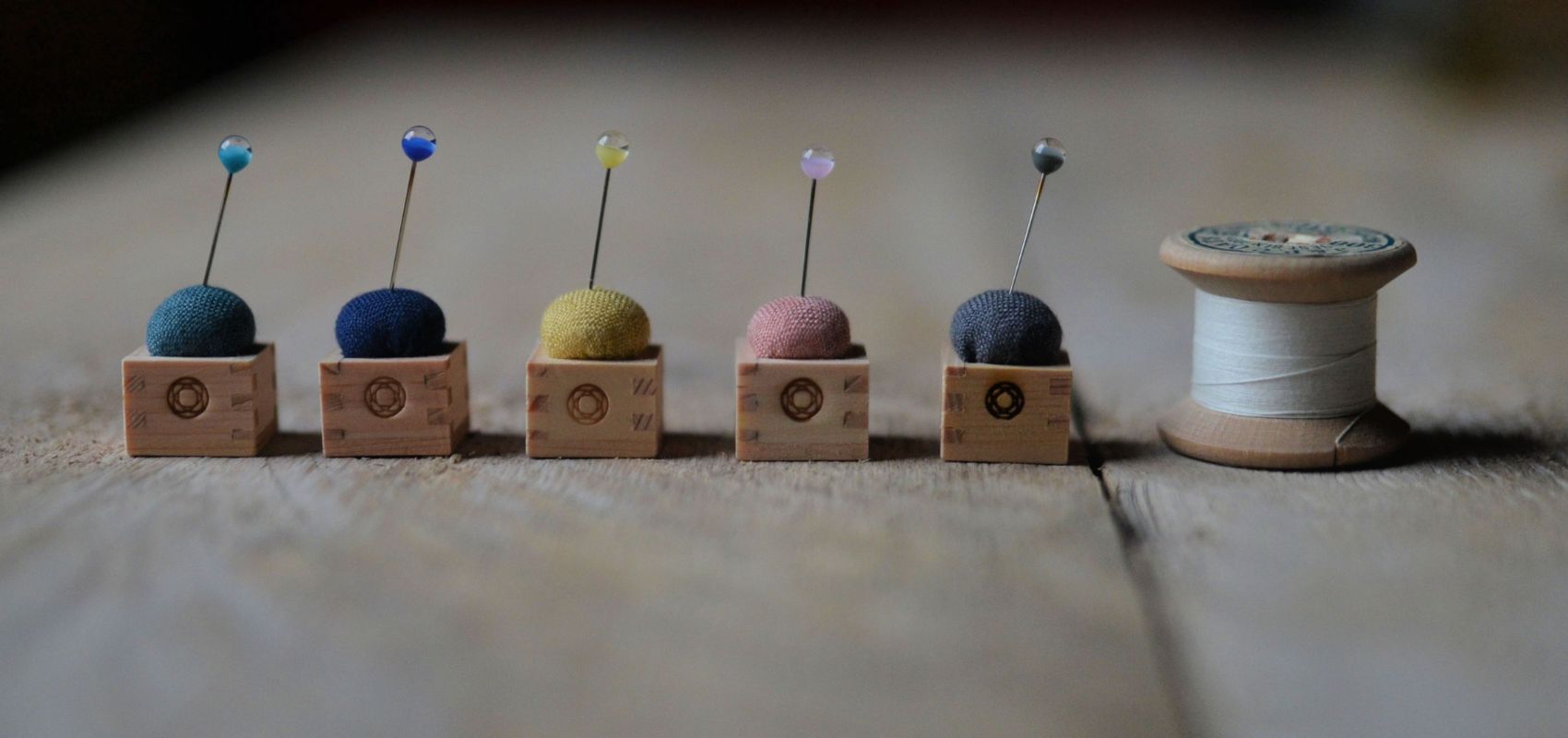
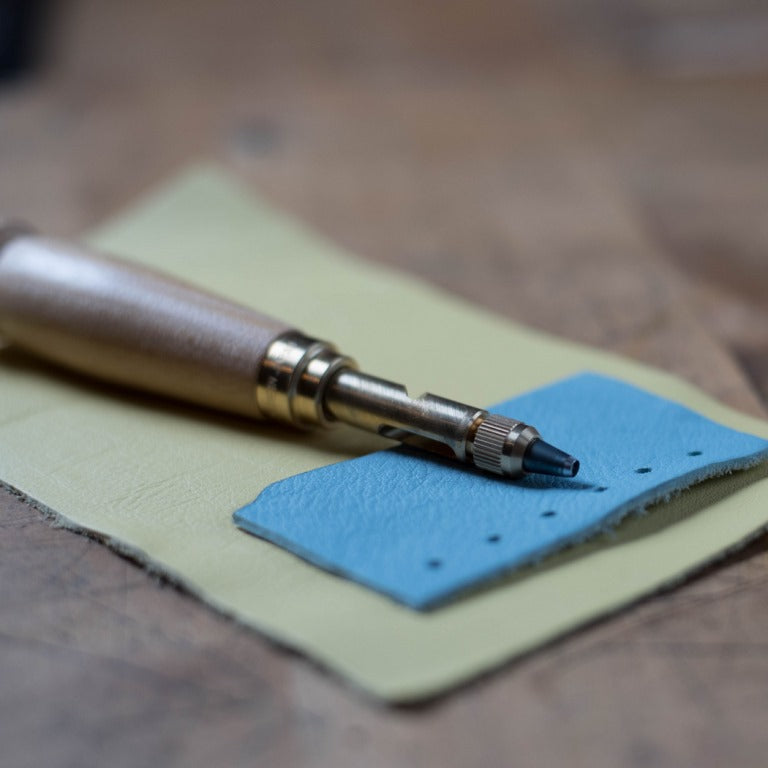

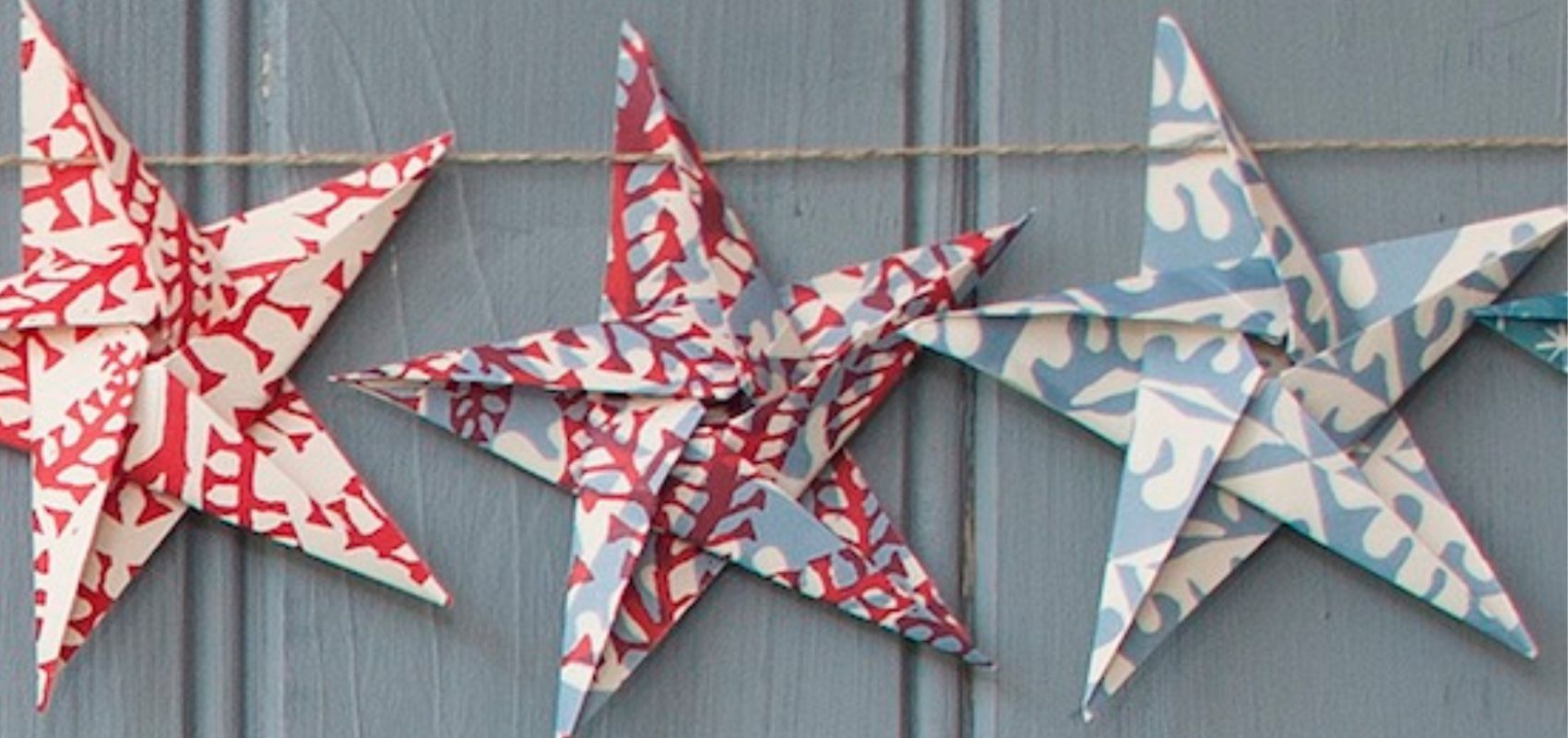
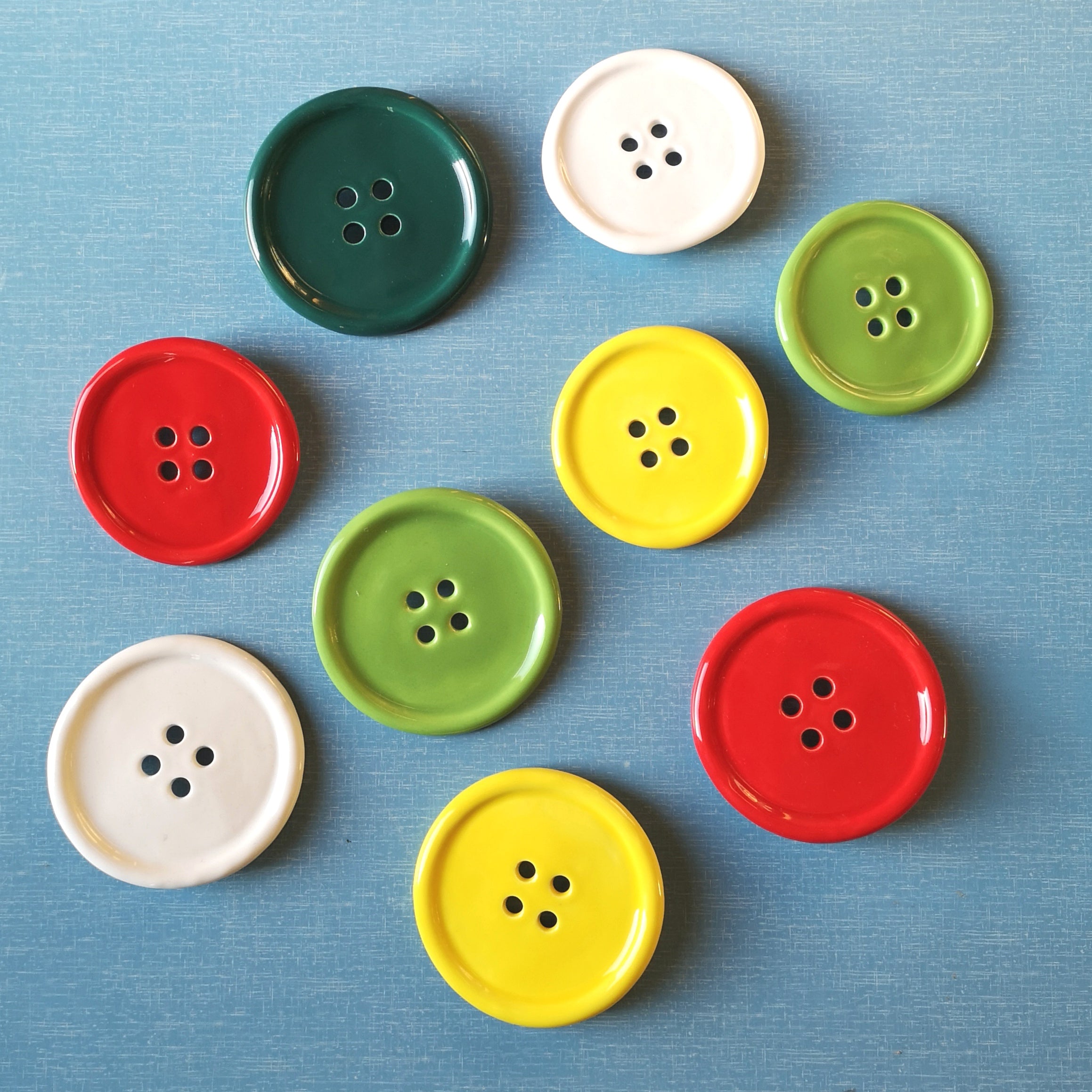





















Leave a comment